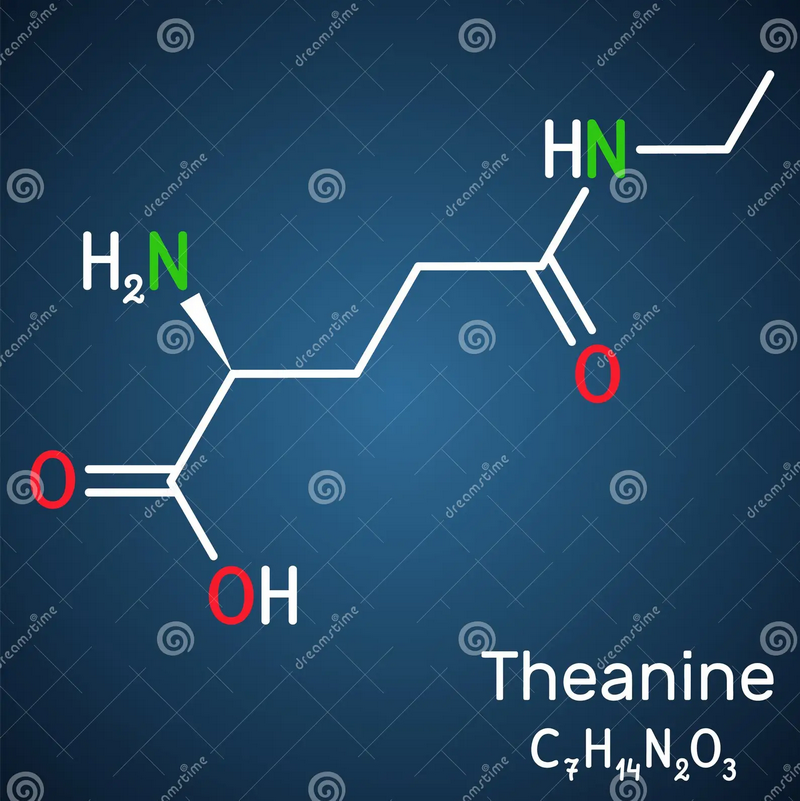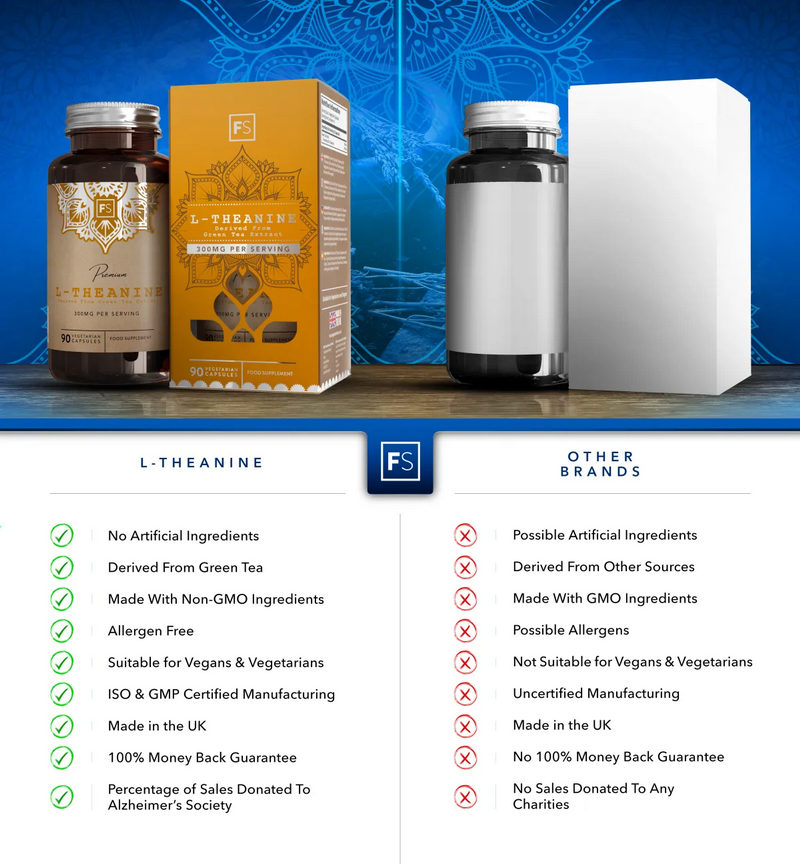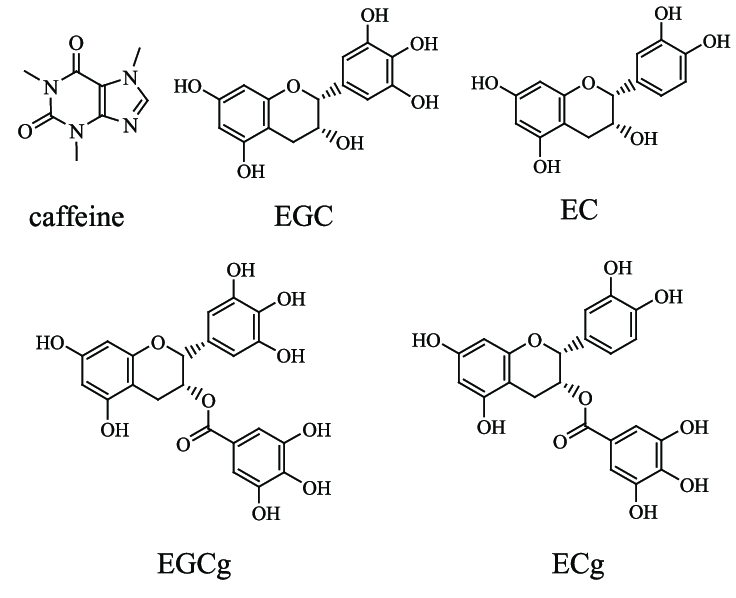Content Menu
● Introduction
● Chemical Composition and Structure
● Extraction Methods and Optimization
● Therapeutic Applications and Health Benefits
>> Cognitive Enhancement
>> Stress and Anxiety Management
● Quality Control and Standardization
● Factors Affecting L-Theanine Content
● Future Research Directions
● Conclusion
● Frequently Asked Questions
Introduction
Green tea extract has garnered significant attention in the scientific community due to its rich composition of bioactive compounds, particularly L-theanine, a unique amino acid that contributes to its numerous health benefits. This comprehensive analysis explores the concentration, extraction methods, and therapeutic applications of L-theanine found in green tea extract. The compound, first discovered in 1949 in green tea leaves, has become a focal point of research due to its remarkable pharmacological and physiological properties. As we delve into this analysis, we will examine the various factors that influence theanine content in green tea extract and its potential implications for human health.

Chemical Composition and Structure
The chemical composition of green tea extract is complex and multifaceted, with L-theanine being one of its most significant components. L-theanine is a non-proteinogenic amino acid that occurs naturally in Camellia sinensis, the tea plant. Its molecular structure enables it to cross the blood-brain barrier, which is crucial for its cognitive and neurological effects. The extract also contains other important compounds such as catechins, caffeine, and various polyphenols that work synergistically with L-theanine to produce its beneficial effects.
Extraction Methods and Optimization
The extraction of L-theanine from green tea is a critical process that requires careful consideration of various parameters to maximize yield and purity. The concentration of L-theanine in green tea extract can vary significantly depending on several factors, including:
◆ Extraction temperature
◆ Duration of extraction
◆ Solvent type and concentration
◆ Plant material quality
◆ Processing methods
◆ Storage conditions
Modern extraction techniques have been developed to optimize the isolation of L-theanine while maintaining its structural integrity and biological activity. These methods often employ specialized equipment and controlled conditions to ensure consistent results.

Therapeutic Applications and Health Benefits
The therapeutic potential of L-theanine in green tea extract has been extensively studied through various clinical trials and research studies. The compound demonstrates remarkable versatility in its health applications:
Cognitive Enhancement
L-theanine has shown significant potential in improving cognitive function, particularly when combined with caffeine naturally present in green tea extract. Research indicates enhanced attention, memory, and learning capabilities among users.
Stress and Anxiety Management
Clinical studies have demonstrated the anxiolytic properties of L-theanine, making it an effective natural option for stress management and anxiety reduction.
Quality Control and Standardization
The standardization of green tea extract and its L-theanine content is crucial for ensuring consistent quality and therapeutic efficacy. Various analytical methods are employed to quantify L-theanine content and verify extract purity:
◆ High-Performance Liquid Chromatography (HPLC)
◆ Mass Spectrometry
◆ Spectrophotometric Analysis
◆ Nuclear Magnetic Resonance (NMR) Spectroscopy
These methods help maintain quality standards and ensure that commercial products contain the advertised amounts of L-theanine.
Factors Affecting L-Theanine Content
Several factors influence the L-theanine content in green tea extract:
◆ Tea plant variety
◆ Growing conditions
◆ Harvest time
◆ Processing methods
◆ Storage conditions
◆ Extraction techniques
Understanding these variables is crucial for optimizing L-theanine content in green tea extract products.

Future Research Directions
The field of L-theanine research continues to evolve, with several promising areas for future investigation:
◆ Novel extraction methods
◆ Bioavailability enhancement
◆ Synergistic effects with other compounds
◆ Clinical applications in various health conditions
◆ Long-term safety studies
Conclusion
The analysis of L-theanine in green tea extract reveals a complex and fascinating compound with significant potential for human health applications. The varying concentrations and extraction methods highlight the importance of standardization and quality control in product development. As research continues, our understanding of L-theanine's benefits and applications will likely expand, potentially leading to new therapeutic applications and improved extraction methods.
Frequently Asked Questions
Q: What is the average L-theanine content in green tea extract?
A: The L-theanine content typically ranges from 1-2% of the dry weight in green tea extract, though this can vary significantly based on processing methods and tea variety.
Q: How does processing affect L-theanine levels in green tea extract?
A: Processing temperature, duration, and methods can significantly impact L-theanine levels, with gentle processing methods generally preserving higher concentrations.
Q: What is the optimal extraction method for L-theanine?
A: The optimal extraction method typically involves water-based extraction at temperatures between 60-80°C for 15-30 minutes, though specific conditions may vary based on the desired application.
Q: How stable is L-theanine in green tea extract during storage?
A: L-theanine is relatively stable in properly stored green tea extract, but exposure to high temperatures, humidity, and light can degrade its content over time.
Q: What are the recommended daily intake levels of green tea extract for L-theanine benefits?
A: Clinical studies suggest that 100-200mg of L-theanine per day from green tea extract is typically effective for achieving therapeutic benefits, though individual needs may vary.






























